Jump to:
After two consecutive postponements due to the pandemic, the Architecture, Culture, and Spirituality Forum is finally hosting its 12th Annual Symposium at FALLINGWATER (Bear Run, Pennsylvania), an internationally recognized icon and destination for most architects, landscape architects, and designers. Imagined and realized by the visionary and mystical figure of Frank Lloyd Wright, one of the most influential architects of the 20th century, Fallingwater offers participants a place that is inspiring, both for its architecture and for its natural setting. It is the perfect context in which to practice, to consider and reflect on practices, to discuss, meditate, and discover. It also permits attendees to consider the little-addressed yet important legacy of Wright’s spiritual sensibility, beliefs, and practices vis-à-vis his work. Spending time with the remarkable Fallingwater and its surrounding landscapes will allow participants to better understand this contribution (60+ years after his passing) in light of the mission of ACSF and the great challenges facing the world today.
ACSF 12 will be held at Fallingwater (June 1-5, 2022), ninety miles from Pittsburgh International Airport. The conference venue includes The Barn (Bohlin Cywinski Jackson, 2002), and other buildings in the forested lands of the Western Pennsylvania Conservancy. The symposium activities will include a visit to another nearby Wright building, Kentuck Knob. Accommodations will be at area hotels, motels, or inns.
As in previous symposia, ACSF 12 is structured around a main topic (in this case Practices Toward a Future) but is also open for ideas, works, and proposals relevant to the Forum’s areas of interest. The number of attendees will be kept small to secure an atmosphere conducive to personal connections and in-depth dialogue. Optional meditation will be offered each morning and there will be free time for connecting to oneself, the surrounding forests and, of course, Fallingwater. Keynote speakers will include distinguished architect/historian Anat Geva, highly recognized architect Trey Trahan, and Patrick J. Quinn, the recipient of the 2022 ACSF Outstanding Achievement Award.
Established in 2007, the Architecture, Culture, and Spirituality Forum provides an international forum for scholarship, education, practice, and advocacy regarding the cultural and spiritual significance of the built environment. ACSF believes that the design and experience of the built environment can assist the spiritual development of humanity in service of addressing the world’s most pressing issues.
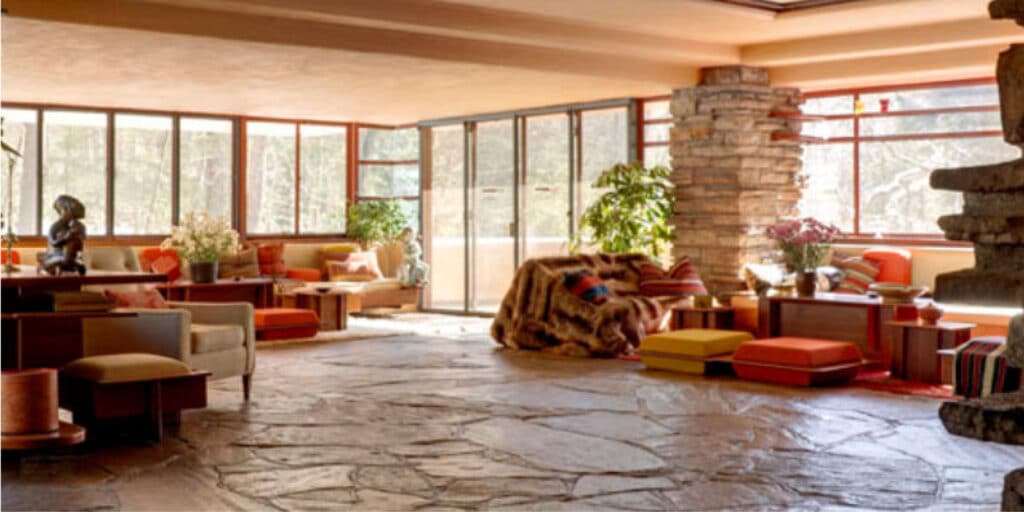
The word practice has complex implications and a wide range of meanings: it suggests application as opposed to theory, repeated exercise so as to acquire or maintain skill, or the performance of habitual or regular activities, methods, or customs. Practice also refers to a central component of any religious or spiritual commitment, and to the many processes embedded in education, artistic production, and the design professions. Practice implies orderly commitment to doing something in the hope of improving, and the idea of a possible and more hopeful future. Practice is forward thinking.
Practices vary across cultures, disciplines, and professions. They can come into conflict, be in difficult yet fruitful conversation, or be integrated into a comprehensive worldview. Practices, if they are to endure, must live beyond individual experience. Practices form and express identities, support social movements, provide community accountability, and give lasting significance to the shared values of humanity.
Practices develop and change—over time and within historical contexts. The title, Practices Toward a Future, is also meant to suggest a sense of urgency about the present moment that calls attention to how we practice our spirituality, our daily lives, our professional lives, our lives as citizens, writers, artists, architects, designers, scholars, and educators. In a world increasingly threatened by global warming, the rise of nationalism and authoritarianism, weakening societal and governmental institutions, disintegrating civic discourse, and mistrust of scientific evidence, we cannot take any future for granted, let alone one that will be desirable. Can spiritual, cultural, and artistic practices embody a shared hope in a brighter future? If so, how can such practices also nourish that hope toward real growth in human and global well-being? And how might a better understanding of practice in relation to spirituality bring new meaning and greater relevance to the creative disciplines?
In reflecting on these questions, we draw inspiration from the words of Frank Lloyd Wright and art historian Otto Antonia Graf, who thought deeply about the nature of practice:
Growth, our best hope, consists in understanding at last what other civilizations have only known about and left to us, ourselves comforted meantime by the realization that all one does either for or against Truth serves it equally well. Frank Lloyd Wright, “A Testament,” 1957 [1]
Art is the archetype of the body’s impulse to live and to love: it is a thoroughly erotic activity which girds mankind about with walls, arches and all manner of objects. Art is a process whereby their potential becomes actual and the creativity of mankind makes the world take shape. Man does not live in nature: nature lives (and dies) in culture. This is what Wright meant by growth. Otto Antonia Graf [2]
If the practice of an art form leads to individual growth—to the gaining of personal aesthetic insight—how can this kind of introspective and deeply personal practice also lead to the construction of a collective future, of a better way of living together not only as human beings but as creatures within a broader natural environment? Many contemplative practices realize the limitations of human knowledge and power, honoring an irreducible mystery at the root of or beyond the heights of cultural achievement. How may such practices nurture fruitful collaborations, transcend conflicting viewpoints, or otherwise encourage more beneficial ways of working toward a better future?
Against the backdrop of the Cold War, Wright spoke of practice in a 1957 interview in terms of freedom and security, in words that have a particular prescience and a renewed relevance today. Wright said, “The condition of freedom is a developed conscience. You can’t be free until you have it because you’ll be afraid. [A person] is afraid until they have developed the certainty that comes of a creative life by way of art, religion, and science. The real body of the universe is spiritual and the real body of the life that we live is spiritual. . . . Until (a person) makes something of the self by way of the spirit and becomes spiritually aware they are not created. They can’t be. Until science and art and religion are more or less one we are not going to be safe.” Wright’s belief is an inspiring argument for the integration of work practices through spiritual practices, and an inspiring vision for ACSF. [3]
For ACSF12, we are interested in practice in all its dimensions: practices of architecture, landscape, art, spirituality, religion, research, and education. We understand practice resides on a more pragmatic plane, that of everyday work, of actions and activities in the physical world, but we might ask how the spiritual values of a designer inflect his or her different kinds of practices. While practice implies working at something over time in order to improve, conventions of professional practice can conserve value yet can also result in unquestioned habits that dampen creativity. “Critical” or “reflective” practice seeks to orient a traditional sense of what works toward the ever-changing horizon of what requires questioning, reforming, revising. How do these or other models of practice benefit the work we do?
In response to this theme, Practices Toward a Future, we received a remarkable group of papers, projects, panels, and workshops that will foster a robust interdisciplinary dialogue among teachers, artists, scholars, designers, theoreticians, and all kinds of practitioners.
References
[1] Qtd. in Otto Antonia Graf, “Instructions from Imhotep? WW—Wagner from Vienna and Wright from Chicago,” translated by David Britt, in Frank Lloyd Wright: Architectural Drawings and Decorative Art: 27 June–30 August, 1985, edited by Otto Antonia Graf, David A. Hanks, and Jennifer Toher (London: Fischer, 1985), n.p.
[2] Ibid.
[3] http://www.openculture.com/2013/05/frank_lloyd_wright_reflects_on_creativity_nature_and_religion_in_rare_1957_audio.html (accessed May 27, 2022)
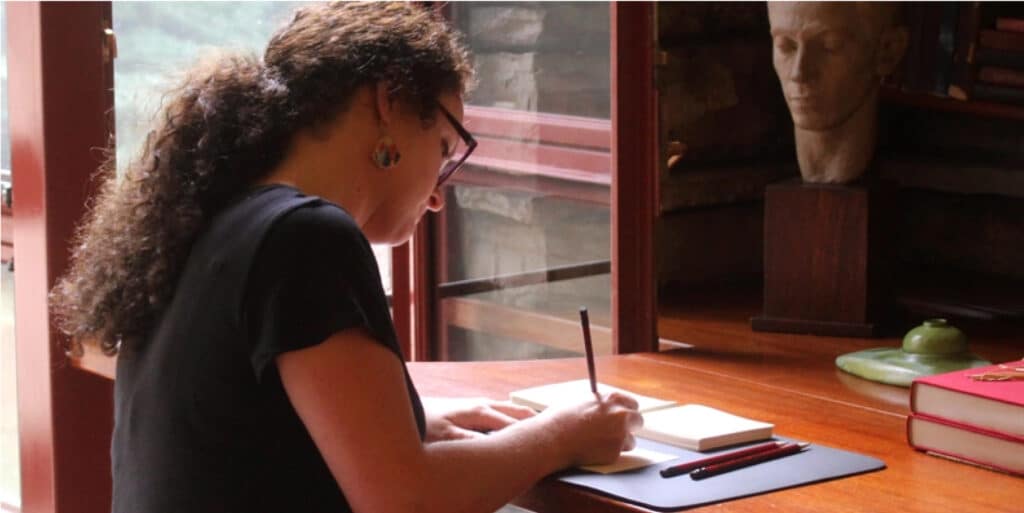
Fallingwater, in Southwestern Pennsylvania, is Frank Lloyd Wright’s most famous project, and arguably his finest house. A destination for architects, landscape architects, historians, designers, and artists, as well as thegeneral public, Fallingwater offers a perfect context in which to conduct the twelfth annual symposium of ACSF. The house Fallingwater (1936-1939), the Visitor’s Center (Paul Mayén, 1977), The Barn (Bohlin Cywinski Jackson, 2002), and the High Meadow dwellings (Bohlin Cywinski Jackson, 2016), together with the expansive lands of the Western Pennsylvania Conservancy, offer fine architecture in an excellent natural setting in which to pause and reflect on the symposium theme. We will host a evening reception/dinner at Fallingwater that will include a full tour of the house. This is an unique chance not to be missed (the cost of this event is included in the symposium fee). A short drive away we will tour another fine Frank Lloyd Wright house, Kentuck Knob (1953-56). The house is owned by Lord Peter Palumbo, who maintains a collection of outdoor sculpture on the site, including works by Andy Goldsworthy, Anthony Caro, Wendy Taylor, Phillip King, George Rickey, Harry Bertoia, and others.
Fallingwater website: https://www.fallingwater.org/ | Kentuck Knob website: https://kentuckknob.com/
Attendees will receive group rates for the Holiday Inn Express & Suites ($114/night for Wed. and Thur and $155/night for Fri/Sat, single or double occupancy, prices include 11% tax) and the Days Inn ($79/night, single or double occupancy, plus 11% tax) both in Donegal, PA (30 minute drive to Fallingwater). Breakfast and parking are provided at both housing options. Other alternative lodging options are available in the area but we recommend these two as they are at a discount and where most attendees will stay. ALL lunches, snack breaks, and dinners will be catered at Fallingwater and covered by the symposium fee.
Reservations for either lodging will start by mid-March and done in parallel to Symposium Registration. Reservation priority will be given to presentes until early April 2022 and then open to all. Non-presenters interested in getting in the waiting list for symposium registration and lodging (we have a 75 attendee cap) should contact Julio Bermudez at acsf2022fallingwater@gmail.com. Please, don’t try to book a room without registering for the symposium as you won’t receive the special discount (and there may not be availability either).
Airport access: Driving time from Pittsburgh International Airport is 1h 45m. As at previous ACSF symposia, we will facilitate ride-sharing for participants to travel to and from the Fallingwater campus.
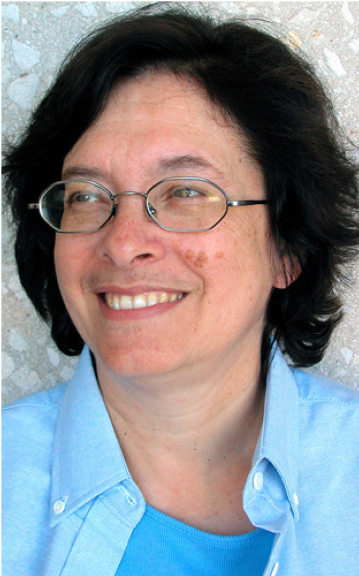
Anat Geva is a registered architect and a Professor of Architecture at Texas A&M University, where she teaches design, sacred architecture, history of building technology, and preservation. She has a long list of publications including a sole-authored book, Frank Lloyd Wright’s Sacred Architecture: Faith, Form, and Building Technology, published in 2012, and an edited volume, Modernism and American Mid-20th Century Sacred Architecture, published in 2018. Israel as a Modern Architectural Experimental Lab, 1948-1978, co-edited with Inbal Ben-Asher Gitler, will be published in November 2019. Pushing the Envelope: American Modern Synagogues 1950s-1960s is under contract with Texas A&M University Press. She co-founded and co-edited the journal of the National Council of Preservation Education, Preservation Education & Research (PER), and was a co-editor of ARRIS (SESAH’s Journal). She was one of the founders of the Forum on Architecture, Culture, and Spirituality (ACSF) and served as a member on their executive committee. She is the past president of the Southeast Chapter of the Society of Architectural Historians (SESAH), and past secretary of the National Council for Preservation Education (NCPE).
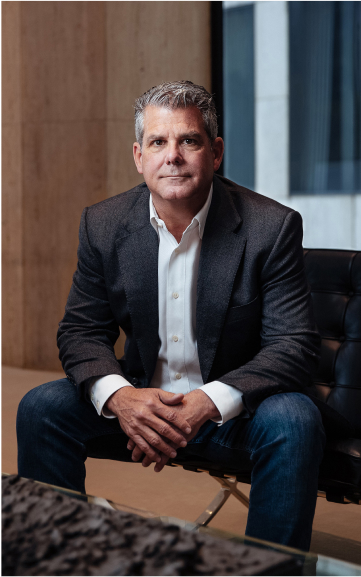
Victor F. “Trey” Trahan III, FAlA, is the Founder and leader of Trahan Architects, a global architecture firm founded on the belief that the mindful design of everyday spaces can elevate human experience. With its roots in New Orleans and its global perspective in New York, Trahan Architects has risen to be ranked the number one design firm by Architect Magazine (2019). Bringing a poetic approach to their work, Trahan Architects consider each project as part of a unique ecosystem. They use the tools of architectural practice artistic expression, technical innovation, and the mindful selection of materials in the search for designs that are socially impactful, sincerely sustainable, and aesthetically sublime. This intention is to shape communal environments in new and meaningful ways and has led to work that has received over 100 national, regional, and local awards, as well as several international design competitions, including five National AlA Awards. The firm’s portfolio is diverse, spanning cultural, sacred, academic, athletic, residential, ecological, and other realms. Notable projects include the Holy Rosary Complex in Louisiana; Coca-Cola Stage at the Alliance Theatre in Atlanta; Caesars Superdome in New Orleans; and conservation and preservation undertakings in St. Francisville, LA, and in Corcovado National Park in Patagonia.
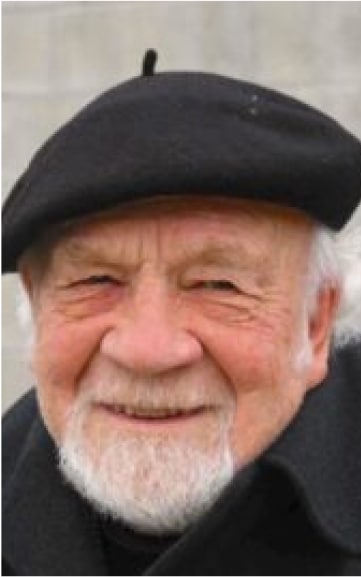
Patrick J. Quinn, recipient of the 2022 ACSF Outstanding Achievement Award. Quinn, a native of Ireland, was educated at University College Dublin and later at the University of Pennsylvania Graduate School of Design, where he studied under architect Louis Kahn. As a practitioner, Quinn has focused on the design of spiritual architecture. His buildings have won an AIA National Design Award, Liturgical Conference Awards, and have been published in Art d’Eglise, Liturgical Arts, Faith & Form, Architectural Record, Progressive Architecture, Kunstliche Kunstblatter, and other international publications. After teaching at the University of California, Berkeley, in 1971 Quinn became Dean of the School of Architecture at Rensselaer Polytechnic Institute and then Institute Professor of Architecture from 1980 to 1996. He is currently RPI Institute Professor Emeritus. A national president of the Association of Collegiate Schools of Architecture, a winner of the Rome Prize in Architecture, and a Fulbright Senior Lecturer at CEPT University at Ahmedabad, India, Quinn has been a visiting professor and critic at universities in the US and abroad. He has presented lectures on sacred architecture, design, and art to academic, professional, and public audiences in over 50 cities and universities on four continents. Quinn’s prolific writings on religious architecture and art have been published in the US, France, Belgium, Spain, Germany, England, Canada, and Venezuela. Currently, he is an editor of the Cambridge World History of Christian Architecture, about to be released by Cambridge University Press. Previous awardees include Karsten Harries (2018), Juhani Pallasmaa (2019), David Leatherbarrow and Brigitte Shim & Howard Sutfliffe (2020), and Alberto Pérez-Gómez (2021).
To download a copy of our 2022 Symposium Program, click here.
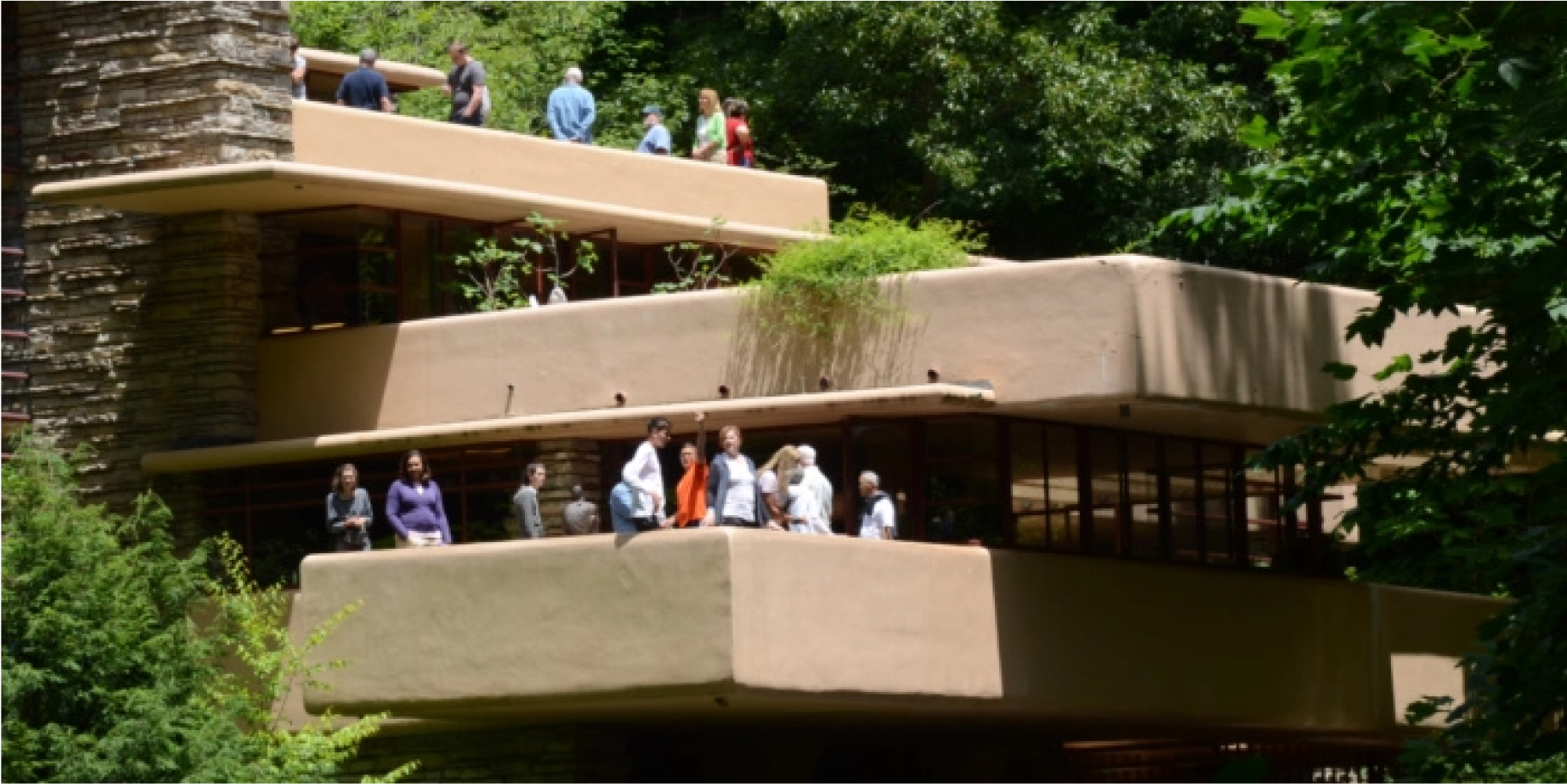
Collected Abstracts of the Twelfth ACSF Symposium (June 1-5, 2022)
Edited by Julio Bermudez, Sanda Iliescu, Aron Temkin, and Trent Smith (Symposium Chairs)
Note: all submissions to the symposium underwent blind-peer review by at least 3 readers.
Archived 05/29/2022
Symposium Theme: Practices Toward a Future
—
Paper Session 1: Ethics, Values, and Environmental Wisdom (moderator: Michael J. Crosbie)
Paper Session 2: Cultivating Creativity (moderator: Klaske Havik)
| Suzanne Bott & Michael J. Crosbie | Into the Woods: Cultivating Sustainability and Spirit through Transcendent Architecture and Environmental Design |
| Ann Marie Borys | Questioning Creativity: Evidence from the 1950’s |
Project Session 1: Movement, Performance, and Embodied Experience (moderator: Roberto Chiotti )
| Clive Knights | Being Situated: Celebrating Orientations of Body and Building |
| Caitlin and Michael Watson | Architecture of Action: Reterritorializing Public Space through Performance |
Paper Session 3: Aesthetics, Poetry, Pedagogy (moderator: Anat Geva)
| Klaske Havik | Between the Lines: Poetic Imagination and Architecture that Moves Us |
| Mia Kile and Natalie Ellis | Embracing Organic Architecture through the Practice of Mindfulness: A Pedagogical Framework |
Paper Session 4: Rainwater, Monuments, and Memory in Urban Design (moderator: Aaron Brakke)
| Bruce Ferguson | Rainwater’s Meaning in City Places: A Question of Evolving Design Practice |
| Miriam Gusevich & Jay Kabriel (In Memoriam) | Monuments and Memory, Politics and Passions: An Agenda for Urban Design |
Project Session 2: Shared Grounds—Secular and Sacred Spaces (moderator: Jonathan Lipman)
| Eduardo Delgado | Praying to the Same God |
| Eduardo Delgado | Monastery of San Pedro Regalado in La Aguilera, Burgos (Spain) |
Paper Session 5: Transformation and Transcendence (moderator: Prem Chandavarkar)
Paper Session 6: Faith, Ritual, and Renewal (moderator: Sanda Iliescu)
| Reza Assasi | Ka’ba, a Temple Built under the Sun |
| Eric Salitsky (In Memoriam) | The Global Phenomenon of Multifaith Worship Spaces: A Guideline for Design and Development |
Paper Session 7: Lessons from the Past (moderator: Miriam Gusevich)
Workshops
| Ardalan et al | Declaration of Transcendent Human Habitat and Transcendent Architecture |
| Aron Temkin | Light Revelations. Sketching Fallingwater. |
| Clive Knights | Depth Chambers: lingering in the shadows of the “augmented collage spatial study |
| Prem Chandavarkar | The Practice as a Place |
| Elizabeth Swanson | Site-Specific: Coloring as a Means of Exploring the Existing |
Panel: Disclosing the Spirit of the Place: Festina Lente in Modern Design Practices (moderator: Tracey Eve Winton)
Three Keynote Lectures
| Anat Geva | Learning from Frank Lloyd Wright’s Sacred Architecture |
| Trey Trahan | Re-envisioning Architectural Practice |
| Patrick J. Quinn(2022 ACSF Outstanding Achievement Awardee) | The Kingfisher and the Kite (Chasing the immeasurable) |
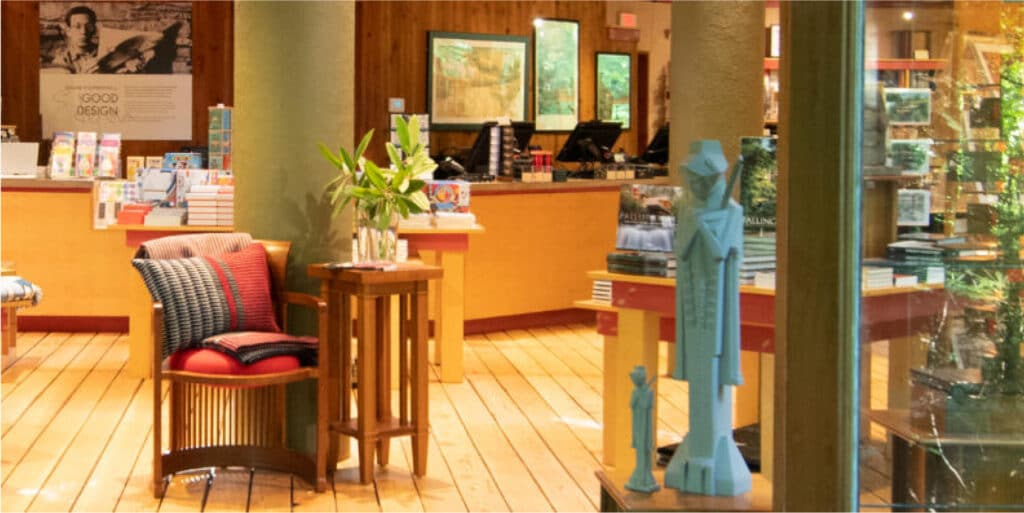
Learning from Frank Lloyd Wright’s Sacred Architecture
June 1, 2022 | ANAT GEVA (Texas A&M University)
Re-envisioning Architectural Practice
June 2, 2022 | TREY TRAHAN (Trahan Architects, New Orleans & New York)
The Kingfisher and the Kite (Chasing the Immeasurable)
June 4, 2022 | PATRICK J. QUINN (2022 ASCF Outstanding Achievement Award Keynote)
The following 5 lectures were selected among 26 paper or project presentations to receive the ACSF 12 Outstanding Presentation Award. The decision was made by the 4 co-chairs of the symposium who attended all the presentations and based on a variety of criteria including scholarly/design contribution, clarity, insight, compelling arguments, beautiful craftsmanship, and more.
The order in which they appear below coincides with their place in the symposium program.
Engaged Spirituality in the Design Studio: Ethics and Values in Architectural Education
June 2, 2022 | THOMAS BARRIE
Architecture of Action: Reterritorializing Public Space through Performance
June 2, 2022 | CAITLIN & MICHAEL WATSON
Between the Lines: Poetic Imagination and Architecture that Moves Us
June 3, 2022 | KLASKE HAVIK
Comparing Architectural Devices that Structure Spiritual Experience in Vedic Architecture and Work of Frank Lloyd Wright
June 4, 2022 | JONATHAN LIPMAN
Making Space for God: Reclaiming a Transformative Approach to Islamic Sacred Architecture
June 4, 2022 | NAVINE NASSER
To download a copy of our 2022 Symposium participants, click here.
Here we are, most of the ACSF 12 symposium participants at Fallingwater, inside the house, in one great photo!
For inquiries please email: acsf2022fallingwater@gmail.com
(in alphabetical order by last name)
Julio Bermudez | The Catholic University of America| email: bermudez@cua.edu
Sanda Iliescu | University of Virginiaemail: sdi5h@virginia.edu
Timothy Parker | Norwich University | email: tparker@norwich.edu
Trent Smith | Modern Out West | email: htsmith@gmail.com
Aron Temkin | Norwich University | email: atemkin@norwich.edu
We want to thank Ben Jacks for his contributions in organizing this symposium during the 2019-2020 period. Without his effort, we wouldn’t be here today.
Pennsylvania’s first and one of the oldest land conservation organizations in the country, the Western Pennsylvania Conservancy protects and restores exceptional places to provide Western Pennsylvania with clean waters, healthy forests, wildlife and natural areas for the benefit of present and future generations.
A private nonprofit conservation organization founded in 1932 and headquartered in Pittsburgh, Pa., the Conservancy has helped to establish 10 Pennsylvania state parks, conserved more than a quarter million acres of natural lands and protected or restored more than 3,000 miles of rivers and streams.
The Conservancy owns and operates Fallingwater, which symbolizes people living in harmony with nature. In addition, the Conservancy enriches our region’s cities and towns through 132 community gardens, more than 25,000 trees, and other green spaces that are planted with the help of about 12,000 volunteers. The work of the Conservancy is accomplished through the generous support of more than 10,000 members.
Western Pennsylvania Conservancy Website: https://waterlandlife.org